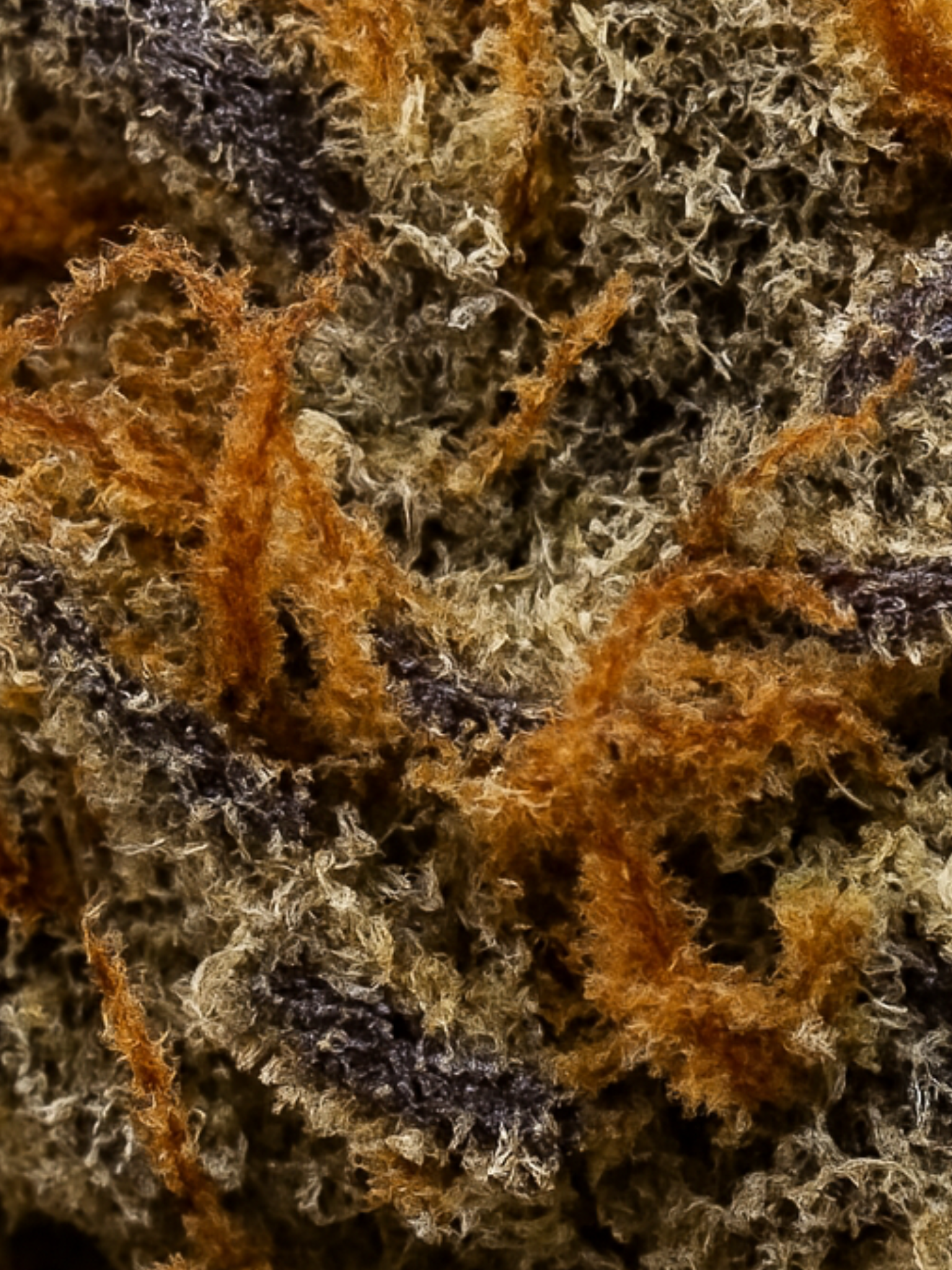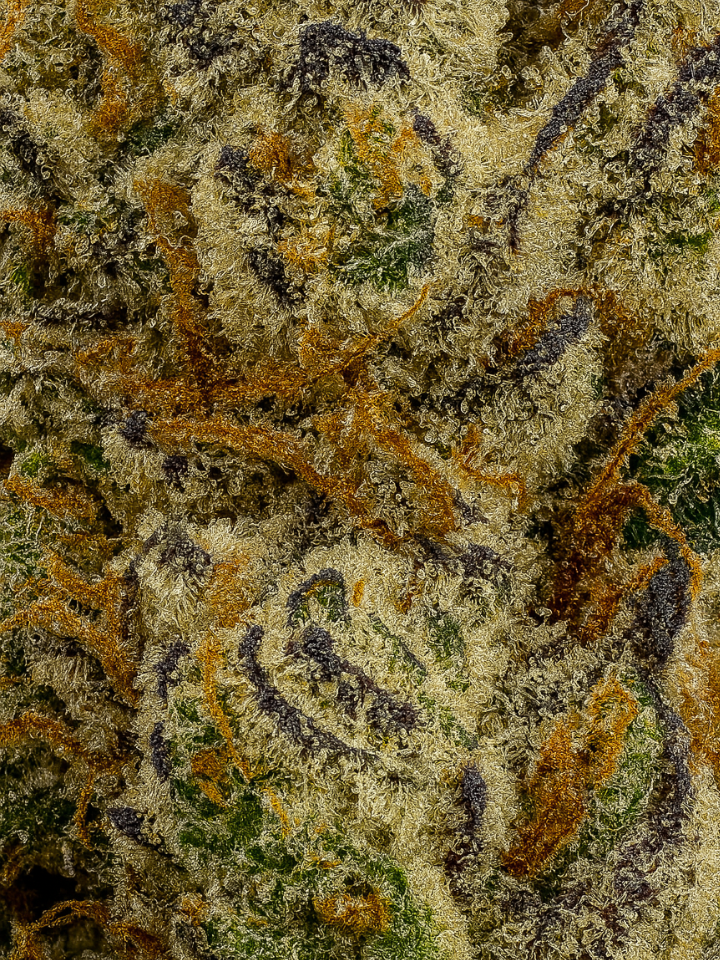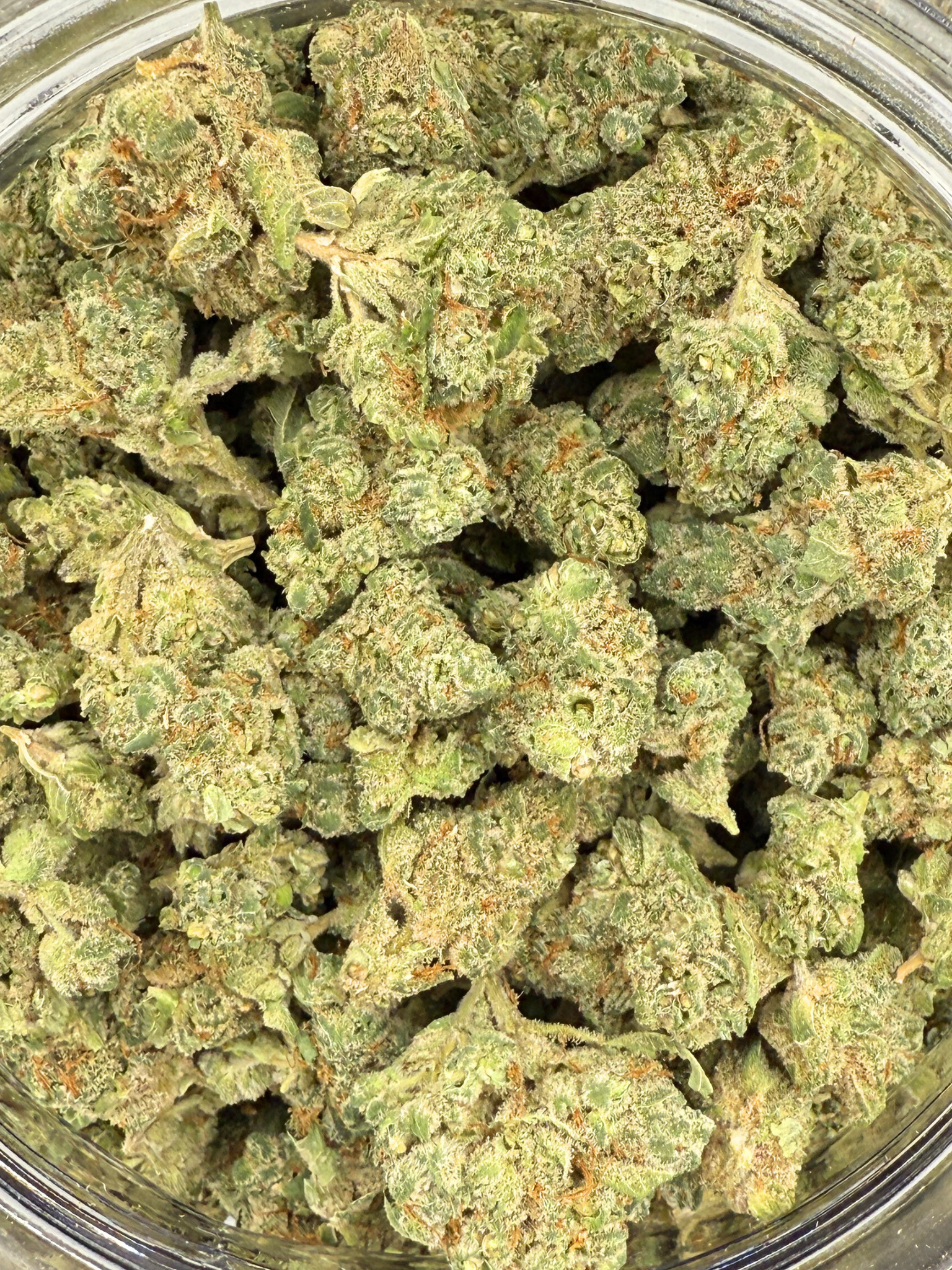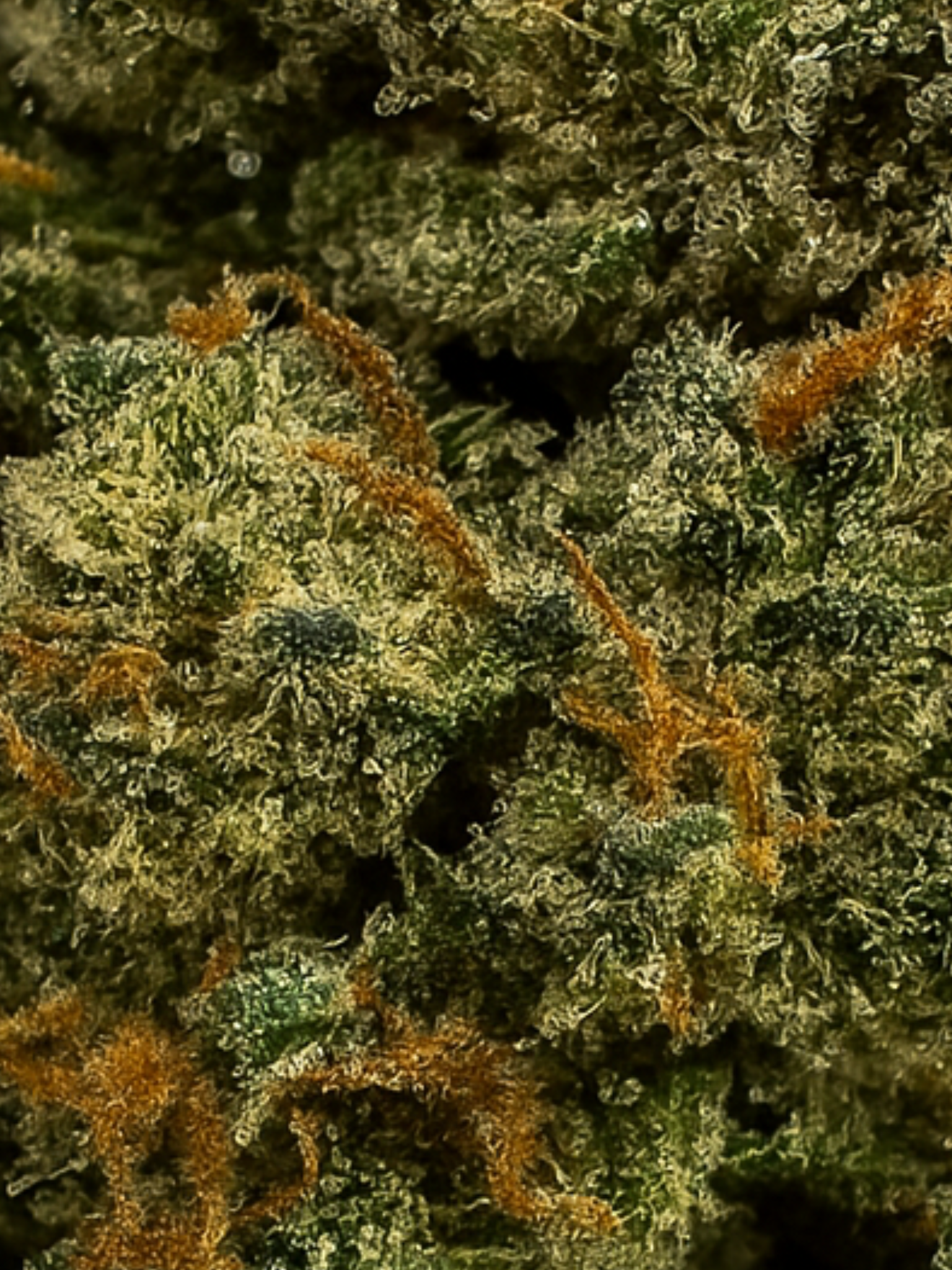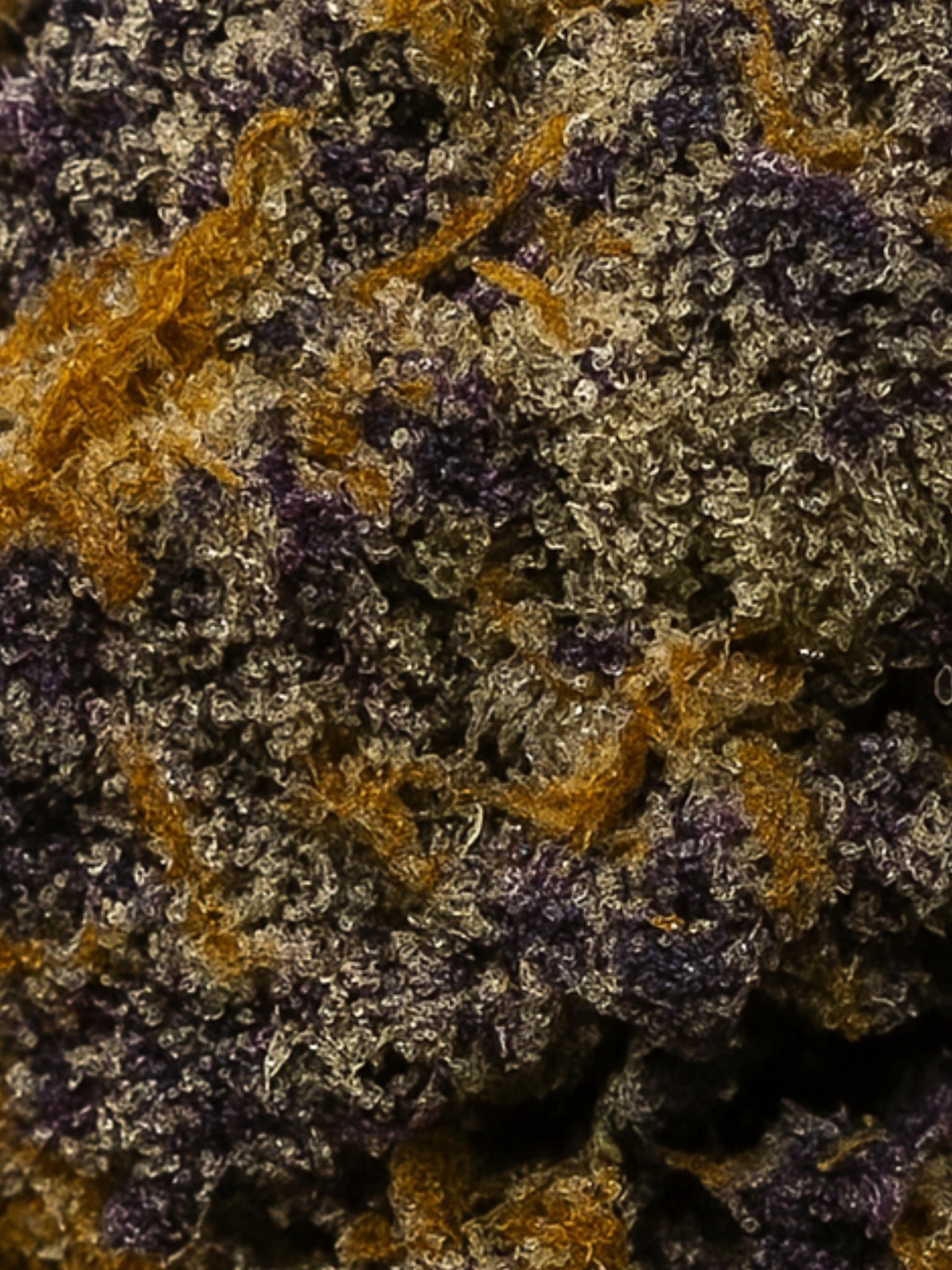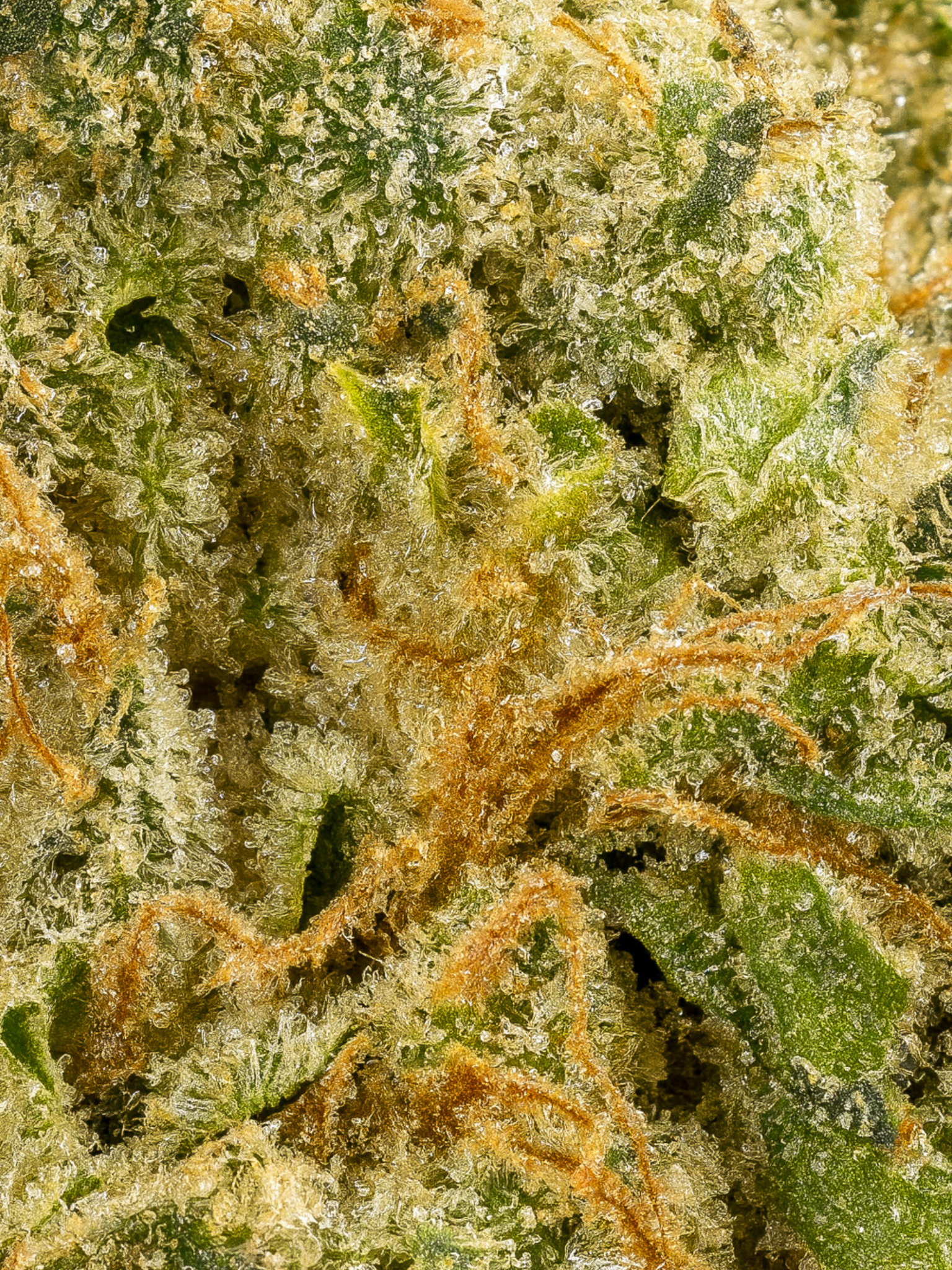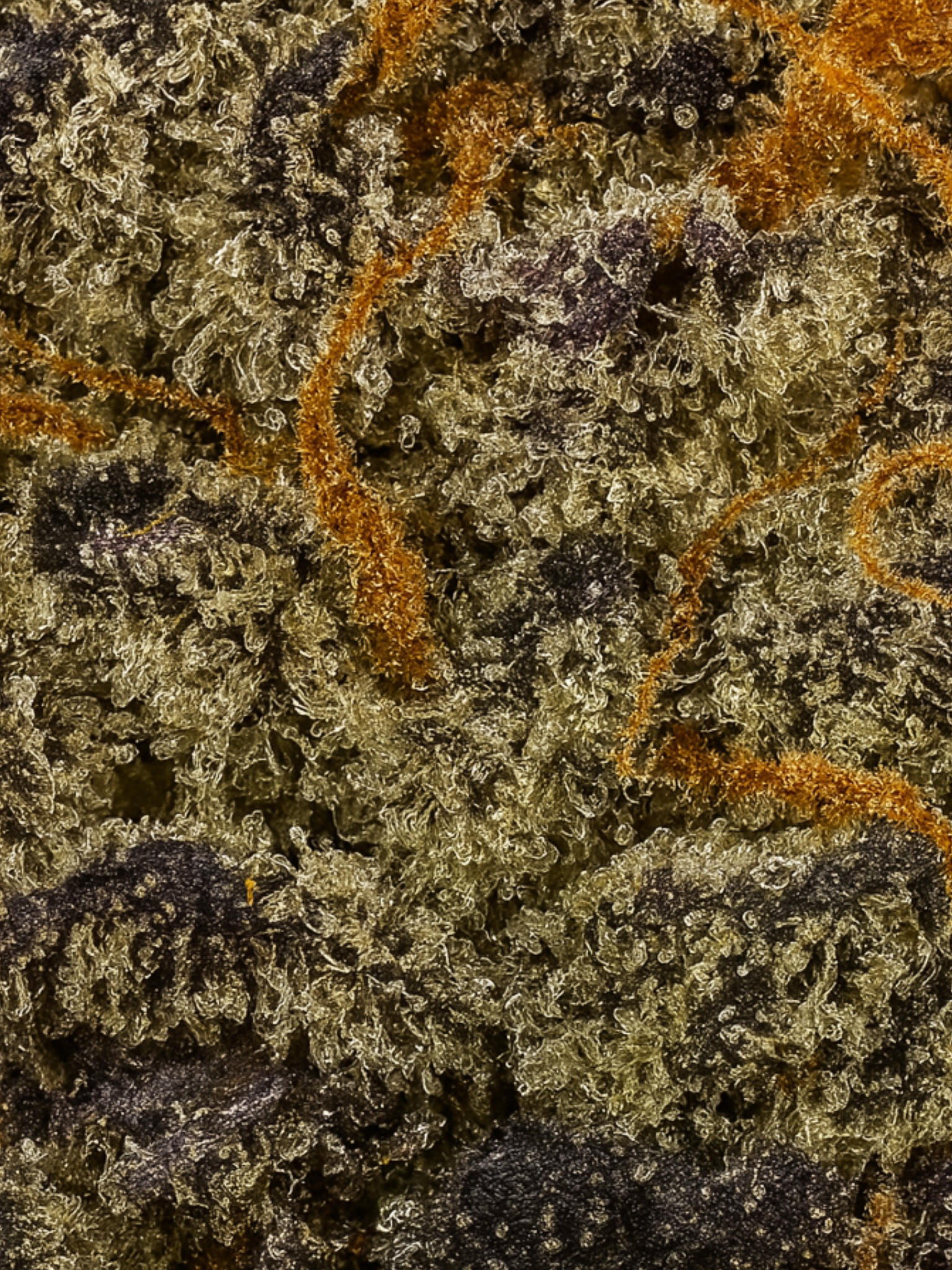FAQs
What role do trichomes play on cannabis plants?
Trichomes serve as a protective barrier for the cannabis plant, shielding it from pathogens, pests, and environmental pollutants. They are crucial for the production of terpenes and cannabinoids, acting as a natural defense mechanism.
Does a higher quantity of trichomes indicate superior cannabis?
Yes, a greater number of trichomes typically means a higher concentration of cannabinoids and terpenes, which can enhance the overall quality and experience of the cannabis.
Why are trichomes important?
Trichomes are small outgrowths on the shoots of plants, including cannabis. They are essential for protecting plants from herbivores and play a critical role in the biosynthesis of specialized metabolites.
Are trichomes a reliable indicator of cannabis potency?
Yes, trichomes are a key factor in determining the potency of cannabis buds. They are tiny hairs that contain most of the plant's cannabinoids and terpenes, which contribute to the strain's distinct flavor and aroma.
Those tiny, crystal-like structures coating your cannabis flowers aren't just beautiful—they're nature's chemical factories. Trichomes on weed represent the plant's crown jewels, producing and storing the compounds responsible for cannabis's effects, aroma, and potency. These microscopic structures serve as protective shields for the plant while synthesizing cannabinoids and terpenes that give each strain its unique properties.
What exactly are these fascinating structures, and why do they matter? Think of trichomes as tiny biological laboratories, each one working to create the compounds that interact with your body's endocannabinoid system. From defending against harmful UV rays to deterring pests, these remarkable glandular outgrowths play multiple crucial roles in the plant's life cycle—and understanding them helps you better appreciate the complexity of cannabis cultivation and consumption.
The Biology of Cannabis Trichomes
When you examine cannabis under magnification, you'll discover a fascinating microscopic world of specialized structures. These trichomes are actually epidermal cells that can be either unicellular or multicellular [1], forming the plant's primary defensive and productive centers.
Cellular Structure and Components
The cellular architecture of trichomes is remarkably complex. At their core, you'll find specialized secretory disk cells that produce valuable cannabinoids and terpenes. The most prominent trichomes consist of two main parts: a stalk formed by epidermal cells and a gland head containing secretory cells [2]. These secretory cells are responsible for converting nutrients into the precursors needed for cannabinoid and terpenoid metabolism.
Types of Glandular Trichomes
Cannabis features three distinct types of glandular trichomes, each with unique characteristics:
| Type | Size Range | Characteristics |
|---|---|---|
| Bulbous | 15-30 micrometers [1] | Smallest, difficult to see with naked eye |
| Capitate-Sessile | 25-100 micrometers [1] | Found on stems, leaves, and bracts |
| Capitate-Stalked | 150-500 micrometers [1] | Largest, most abundant type |
The capitate-stalked trichomes are your primary producers of cannabinoids and terpenes, featuring a prominent stalk and waxy head visible to the naked eye. These begin growing during the flowering phase [1] and are particularly concentrated on the bracts and calyces of female plants.
Non-Glandular Trichome Varieties
While they don't produce cannabinoids or terpenes [1], non-glandular trichomes serve crucial protective functions. These hair-like structures appear in young plants and can be either unicellular or multicellular. Their primary roles include:
- Blocking harmful ultraviolet light
- Maintaining moisture levels
- Creating a defensive barrier against pests and fungal infections [1]
These non-glandular varieties form a structural barrier on branches, leaves, and petioles [1], working alongside their glandular counterparts to ensure the plant's overall health and survival.
Trichome Development Stages
Understanding the lifecycle of trichomes helps you maximize your harvest's potential. These remarkable structures undergo distinct developmental stages, each marked by specific visual and chemical changes.
Formation and Early Growth
Your cannabis plants begin developing trichomes during the early flowering stage. Initially, these trichomes appear as small, clear spheres with a glass-like transparency [3]. During this phase, the trichomes are actively forming their basic structure, though THC levels are still developing and not yet at their peak [4].
Peak Production Phase
The most crucial stage occurs when trichomes transition to a milky white appearance. This transformation signals that your plants are reaching their optimal cannabinoid production phase [5]. Most cannabis strains achieve peak maturity between 5-16 weeks into the flowering stage [6]. During this period, you'll notice:
- Trichome heads becoming opaque and cloudy
- Maximum THC concentration
- Peak terpene production levels
Degradation and Aging
As trichomes mature further, they begin transitioning to amber or golden hues. This color change indicates the natural degradation process where THC converts to CBN [6]. For most strains, the ideal harvest window occurs when approximately 70% of trichomes are cloudy and 30% have turned amber [6]. However, it's worth noting that not all cannabis varieties will show pronounced amber coloration, even at full maturity [6].
| Trichome Color | Cannabinoid Status | Typical Effects |
|---|---|---|
| Clear | Developing THC | Not yet ready [4] |
| Milky White | Peak THC | Maximum potency [3] |
| Amber | THC degrading to CBN | More sedative [7] |
Remember that environmental factors can influence this development timeline, and different strains may show varying patterns of maturation [6]. By carefully monitoring these changes, you can determine the perfect harvest window for your desired effects.
Chemical Synthesis in Trichomes
Inside your cannabis plant's trichomes, a remarkable chemical factory operates with precision and efficiency. These microscopic structures synthesize an array of compounds through complex biological pathways that transform simple molecules into powerful cannabinoids and aromatic terpenes.
Cannabinoid Production Process
Your plant's trichomes begin cannabinoid synthesis in specialized secretory disk cells. The process starts with simple compounds like pyruvate and glyceraldehyde-3-phosphate in the plastids [8]. These basic building blocks undergo transformation through the methylerythritol phosphate (MEP) pathway, creating the foundation for cannabinoid production. The synthesis occurs in three distinct cellular locations:
- Cytosol - Initial compound formation
- Plastid - Intermediate processing
- Apoplastic space - Final oxidocyclization [9]
Terpene Synthesis Pathway
The creation of terpenes follows a parallel but distinct route. Your trichomes utilize two primary pathways:
| Pathway | Location | Primary Products |
|---|---|---|
| MEP Pathway | Plastids | Monoterpenes |
| MEV Pathway | Cytosol | Sesquiterpenes |
These pathways convert basic molecules into the aromatic compounds that give your cannabis its distinctive smell and taste [10]. The process involves specialized enzymes that transform simple 5-carbon molecules into complex terpene structures.
Environmental Factors Affecting Production
Your growing environment significantly influences trichome chemical synthesis. Research shows that UV radiation and light spectrum play crucial roles:
- UV-B Exposure: When daily UV-B exposure increases from 0 to 13.4 kJ m−2, THC content rises from 25% to 32% [11]
- Blue Light Impact: Higher percentages of blue light lead to increased cannabinoid production in the inflorescence [11]
- Upper Plant Sections: Flowers from upper regions produce significantly greater quantities of both cannabinoids and terpenes compared to lower positions [8]
Temperature and light intensity work together to influence metabolite production, though scientists are still investigating the exact mechanisms behind these relationships [8]. Understanding these environmental factors helps you optimize your growing conditions for maximum trichome productivity.
Natural Defense Mechanisms
Your cannabis plant's trichomes serve as sophisticated defense systems, protecting the plant from various environmental threats. These microscopic guardians employ multiple strategies to ensure your plant's survival and optimal growth.
UV Protection Properties
Think of trichomes as your plant's natural sunscreen. When exposed to higher levels of UVB radiation, cannabis plants significantly increase their THC production [8]. This adaptation is particularly evident in plants growing at higher altitudes, where UV exposure is more intense [12]. Your plants demonstrate remarkable UV protection capabilities:
| UV Response | Plant Action |
|---|---|
| UVB Exposure | Increases THC levels up to 32% |
| Secondary Response | Produces antioxidants and phenolic compounds |
| Protection Target | Guards DNA from radiation damage |
Pest Resistance Functions
Your plant's trichomes create a two-pronged defense against unwanted visitors. The physical structure acts as the first line of defense, while chemical compounds provide additional protection [13]. These defenses include:
- Mechanical barriers through thorn-like structures that trap insects
- Chemical deterrents through specialized compounds like THCA and CBGA that prove toxic to certain insect species [14]
- Increased trichome density in response to herbivore attacks [15]
The combination of monoterpenes and sesquiterpenes creates a complex defense system—monoterpenes like α-pinene and limonene repel insects, while sesquiterpenes deter larger herbivores [9].
Environmental Adaptation Role
Beyond UV and pest protection, your plant's trichomes play crucial roles in environmental adaptation. They help regulate moisture levels and maintain optimal growing conditions [16]. These adaptations are particularly important because:
The presence of trichomes increases epidermal thickness and contains higher concentrations of long-chain fatty acids, helping reduce water loss [16]. During drought conditions, increased trichome density helps minimize water transpiration rates [15]. This adaptive response ensures your plants maintain optimal hydration levels even in challenging conditions.
Your trichomes' defensive capabilities extend to antimicrobial protection as well. Five key compounds—THC, CBD, CBC, CBG, and CBN—demonstrate significant antibacterial properties [9], providing comprehensive protection against various environmental threats.
Conclusion
These microscopic structures demonstrate nature's remarkable engineering through their complex roles in cannabis plants. Your understanding of trichomes helps you appreciate how these tiny factories produce valuable compounds while protecting the plant. Through their development stages, trichomes create an intricate chemical symphony, synthesizing cannabinoids and terpenes that give each strain its unique properties.
Research continues to reveal new insights about these fascinating structures. Scientists now understand how trichomes respond to environmental stressors, adapt their defensive capabilities, and optimize their chemical production. This knowledge proves essential for both cultivators and consumers, as trichome health directly affects the quality and potency of cannabis products.
The next time you examine cannabis flowers, remember that each glistening trichome represents a sophisticated biological system - simultaneously serving as a protective shield, chemical laboratory, and environmental sensor. These remarkable structures stand as testament to the complexity and efficiency of natural design, making them truly essential to cannabis cultivation and consumption.
References
[1] - https://trichomeanalytical.com/the-role-of-trichomes-in-cannabis-and-nature/
[2] - https://hightimes.com/grow/trichome-anatomy/
[3] - https://livwell.com/blog/trichomes
[4] - https://www.greenbroz.com/blog/trichome-development-stages
[5] - https://www.lsuagcenter.com/articles/page1702395856798
[6] - https://www.sunmedgrowers.com/education-resources/blog/post/cannabis-trichomes/
[7] - https://www.alchimiaweb.com/blogen/harvest-marijuana-plants-trichome-ripeness/
[8] - https://pmc.ncbi.nlm.nih.gov/articles/PMC8488169/
[9] - https://www.frontiersin.org/journals/plant-science/articles/10.3389/fpls.2021.721986/full
[10] - https://pmc.ncbi.nlm.nih.gov/articles/PMC5371325/
[11] - https://www.frontiersin.org/journals/plant-science/articles/10.3389/fpls.2021.620021/full
[12] - https://www.valoya.com/is-uv-light-important-for-cannabis/
[13] - https://www.sciencedirect.com/topics/agricultural-and-biological-sciences/trichome
[14] - https://academic.oup.com/hr/article/10/11/uhad207/7311041
[15] - https://www.sciencedirect.com/science/article/abs/pii/S0098847223003441
[16] - https://pmc.ncbi.nlm.nih.gov/articles/PMC7852143/



